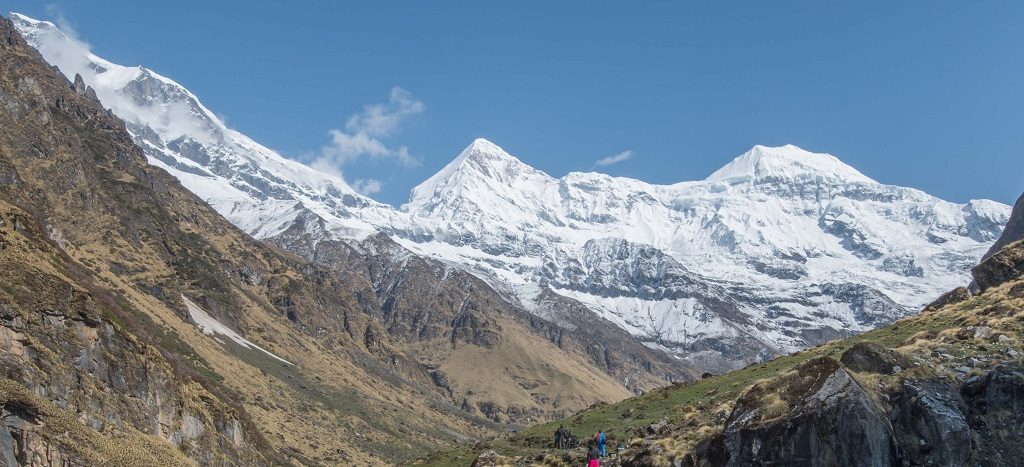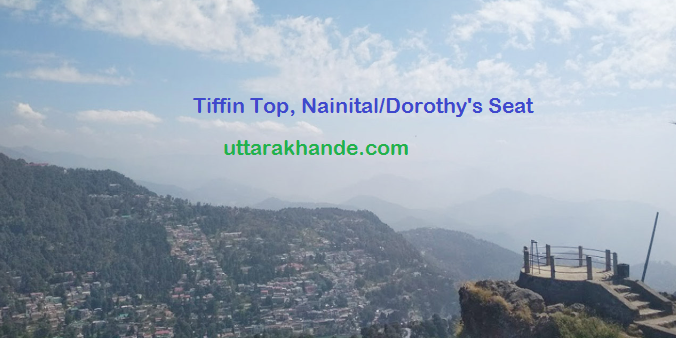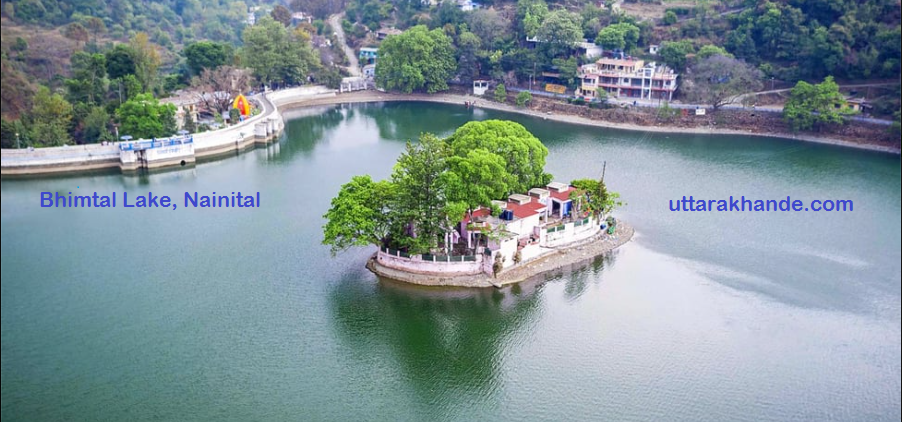
Roopkund Uttarakhand
The Roopkund Lake, located among the friendly Himalayan peaks, remains a mystery. The remains of human bones and horses from the Palaeolithic period can be observed here, earning it the moniker “Mystery Lake.”
The thrilling trip to Roopkund trek begins in Lohajung, a little pass in the Garhwal Himalayas at 16,499 feet above sea level. This tiny lake, with a depth of around 2 metres, is the most popular in all of Uttarakhand. The lake is ringed by a rock-strewn glacier and is tucked among breathtaking alpine landscapes.
Roopkund jhil is nearly always frozen. The skeletal bones discovered at Roopkund are thought to be 500-600 years old. Traveling to Roopkund allows you to wander through villages rich in Pahari culture.
Mythology about Roopkund Trek
According to Hindu mythology, when Goddess Parvati and Lord Shiva were on their way to Kailash after annihilating the demons, the goddess wished to purify herself. Lord Shiva then used his Trishul to construct a ‘kund’ or lake for his consort to bathe in. Parvati became enchanted by her gorgeous reflection while swimming in the lake. As a result, the lake was called Roopkund.
According to another legend, Raja Jasdhaval, the King of Kanauj, enraged the Goddess Nanda Devi by taking his pregnant wife, as well as countless dancers, musicians, and attendants, on a pilgrimage to the Nanda Devi temple. After disturbing the quiet of her holy country with their lavish entourage, Rani Balampa, Queen of Raja Jasdhaval, gave birth in a nearby cave (considered unclean for a period of time). The entourage, along with other bad happenings, enraged the Goddess, and she unleashed her fury in the shape of a terrible storm. It is reported that hailstones the size of tennis balls dropped on the pilgrims’ heads, causing their instantaneous death.
Roopkund and Nanda Devi Raj Jat Yatra
Every 12 years, the legendary ‘Nanda Devi Raj Jat Yatra’ takes place from Nauti village near Karnaprayag to Homkund near Roopkund. This yatra is in honor of Goddess Nanda. This difficult holy yatra attracts a huge number of pilgrims from Garhwal and Kumaon.
There have also been several legends told about Roopkund’s strange human skeletons. According to studies, individuals perished from hailstorms during the 12th and 15th centuries. But what those folks were doing there remains a mystery.
Places to See in Roopkund Trek
Roopkund Trek has 3 tourist attractions and places to visit. Roopkund Trek has three tourist attractions where visitors may spend their free time. Here is a list of all the Roopkund Trek sightseeing alternatives:-
- Roopkund Lake
- Bedni Kund
- Homkund Lake
Best Time To Do Roopkund
Roopkund is accessible between May and June, as well as August and mid-October. The difficult environmental conditions only allow hikers to trek between the first week of May and the first week of July. June is the best month to visit the twin Bugyals/meadows of Ali and Bedni since the meadows are in full bloom by this time. Trekking in Roopkund is also enjoyable during the latter week of August and the first week of October. The sky is still clear, and the temperature is ideal for a walk.
Roopkund Trek Suggested Itinerary

Day 01: Kathgodam-Lohajung (Drive:225 km, 10 hours)

Day 2: Lohajung-Didna Village (Trek: 6.5 kms)

Day 3: Didna Village-Ali Bugyal (Trek: 10.5 kms)

Day 4: Ali Bugyal-Patar Nachuni via Bedni Bugyal and Ghora Lautani (Trek: 7 kms)

Day 5: Patar Nachuni- Bhagwabasa via Kalu Vinayak (Trek: 4 kms )

Day 6: Bhagwabasa-Roopkund- Patar Nachuni (Trek: 10 kms)

Day 7: Patar Nachuni-Lohajung via Bedni and Wan (Trek: 15 kms)

Day 8: Lohajung to Kathgodam (Drive: 210 km)
Staying in Roopkund Trek
Roopkund has no hotels, resorts, or guesthouses due to its distant position. When trekkers stop for the night, they bring tents with them and sleep along the trail. Wan, the trail’s final inhabited settlement, has a limited number of low-cost lodging options. Wan is the last location where you may get lodging when traveling to Roopkund. The remaining trekking path requires you to bring your own camping tents for lodging.
Roopkund Trek Food Guide
Trekkers bring the food supplies they purchased before beginning their journey. Packaged food is generally a best choice in these isolated regions.
Roopkund Trek Travel Tips
- Traveling during the monsoon season should be avoided since the mountainous area of Uttarakhand receives a lot of rain. Furthermore, the area is prone to landslides and roadblocks.
- At such high heights, the weather is uncertain, so bring a raincoat.
- Inform a member of your family or friends about your trek and tell them when it will begin and end. Avoid trekking alone in the Himalayan wilderness.
NOTE:- In this article, we cover all the important details regarding the Roopkund Trek, Uttarakhand like the trek route, travel tips, and itinerary, Still If you have any other queries you can visit the gov official website of Uttarakhand Tourism. If you want to know the best places to visit in Uttarakhand then visit our website uttarakhandeyes.com.




